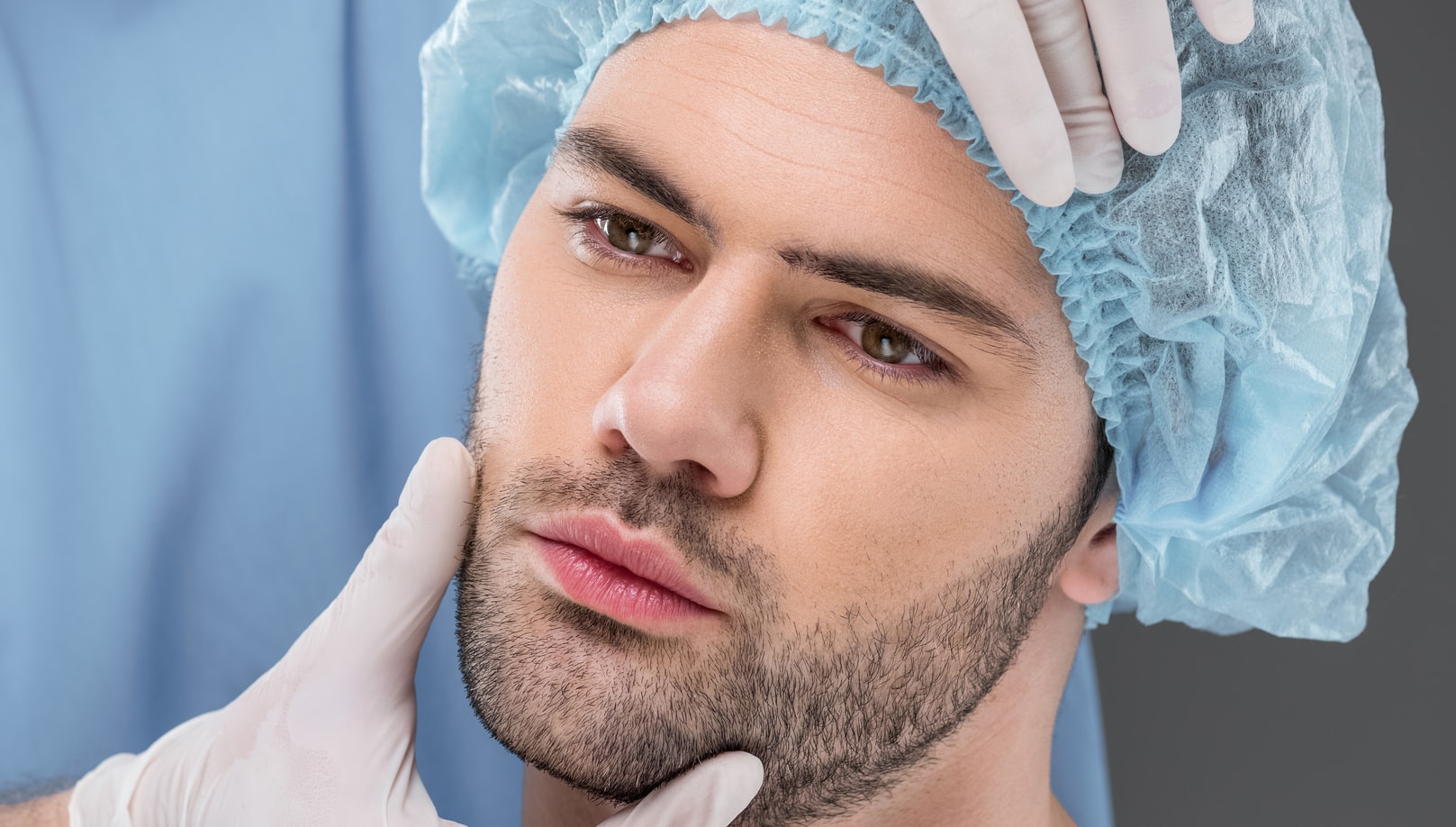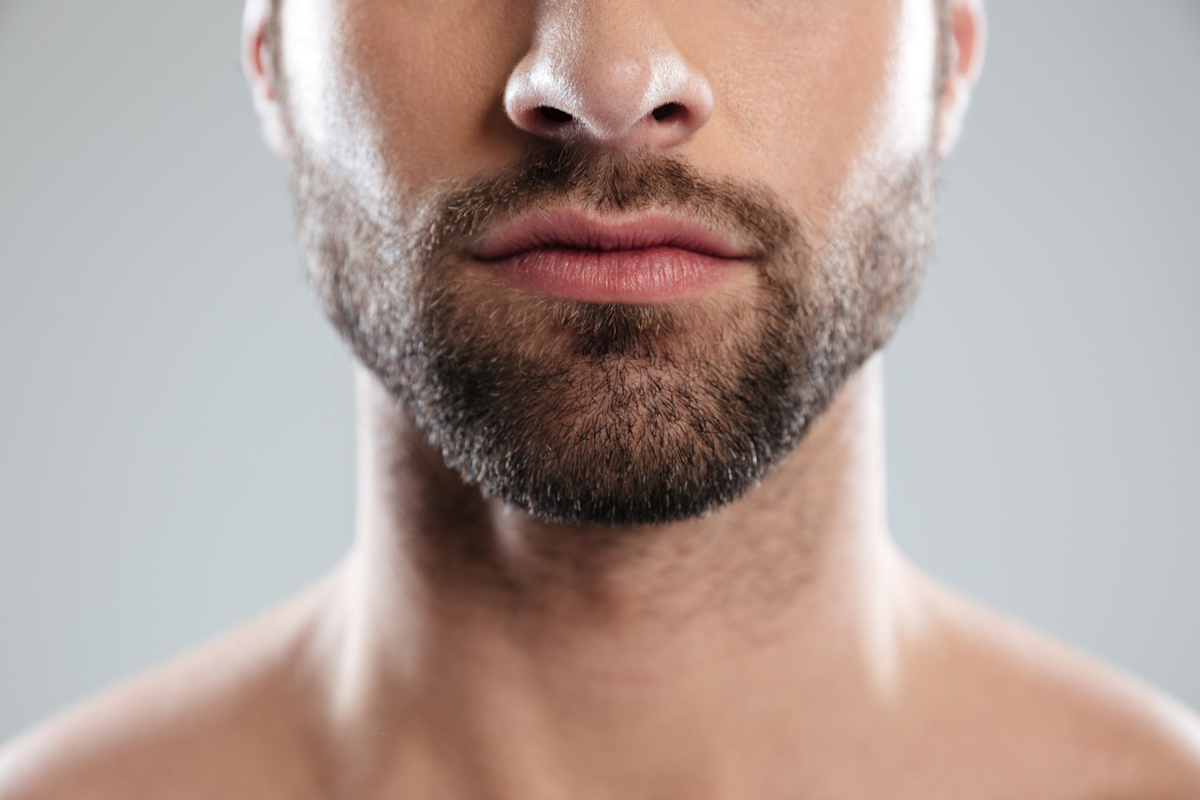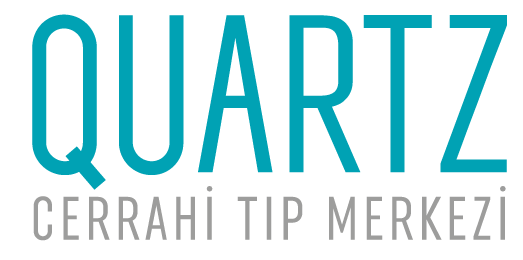
Contents
- What Is Beard and Mustache Transplant?
- Who Is Suitable for Beard and Mustache Transplant?
- What Are the Methods of Beard and Mustache Transplant?
- How Is Beard and Mustache Transplant Performed?
- Recovery Process After Beard and Mustache Transplant
- How Should the Channels Be Opened in Beard Transplantation?
- Before and After Beard and Mustache Transplant
- Beard and Mustache Transplant Prices
- How Many Grafts Are Needed for Beard Transplant?
- Frequently Asked Questions

Beard and mustache transplant is an effective solution for men who experience hair loss in the beard or mustache area and are bothered by unaesthetic appearances such as thinning or patchiness. The beard and mustache are important elements of a masculine appearance, contributing to a mature, attractive, and manly image. Individuals who experience hairlessness in these areas due to shedding or genetic factors may appear older and unkempt. With beard and mustache transplant, natural, permanent, and personalized shaping is possible.
What Is Beard and Mustache Transplant?
Beard and mustache loss can occur due to many factors such as genetics, stress, illness, aging, and medication use. This condition can negatively affect individuals not only physically but also psychologically. Beard and mustache transplant is a permanent hair transplantation method applied to fill in the gaps and increase density in these areas.
Who Is Suitable for Beard and Mustache Transplant?
- Individuals who are at least 24 years old
- Those who are not congenitally beardless but have experienced hair loss later in life
- Those without chronic diseases or a history of allergic reactions
- Individuals who are not cancer patients
- Those with a suitable donor area
What Are the Methods of Beard and Mustache Transplant?
| Method | Description |
|---|---|
| FUT | The classic strip method; rarely preferred as it may leave a scar. |
| FUE | Grafts are collected one by one, channels are opened, and grafts are placed. It is practical and has a comfortable recovery period. |
| DHI | Grafts are directly implanted using a special pen. It is time-consuming but provides the most natural result. |
How Is Beard and Mustache Transplant Performed?
- The patient undergoes a detailed examination, and the area of hair loss is identified.
- The donor area (usually the nape) and the transplantation method are selected.
- Local anesthesia is applied.
- Grafts are extracted and transferred to the area to be transplanted.
- The procedure takes approximately 4–8 hours.
- The patient can return to daily life after the procedure.

Recovery Process After Beard and Mustache Transplant
The recovery process after a beard and mustache transplant should be carefully monitored to ensure a healthy aesthetic result and long-lasting outcomes. During the first week after the procedure, temporary effects such as redness, swelling, and scabbing may be observed in both the transplanted area and the donor site. These effects usually disappear within 7 days.
Key points to pay attention to during the healing process include:
- The transplanted and donor areas should be kept clean, and dressings should not be neglected.
- The face should not be washed or come into contact with water on the first day.
- Direct exposure to sunlight should be avoided.
- The area should be protected from impacts, and lying face down or on the side should be avoided.
- Activities involving heat and steam (such as hot baths, hammams, saunas) should be avoided.
- Strenuous physical activities should be avoided, and sweating should be minimized.
- The treated area should not be scratched, rubbed, or have the scabs picked off.
- No cosmetic products should be applied, and the area should not be shaved.
The first wash should be performed by professionals at the hair transplant center on the 3rd day after the procedure. After this initial cleaning, the patient is informed about what to pay attention to during the washing process.
Within the first 14 days, a temporary process called “shock loss” may occur. During this phase, almost all of the transplanted grafts fall out. However, this is completely normal and marks the beginning of the growth phase of new, permanent hairs. Within approximately 4 to 8 months, healthy, permanent, and natural beard and mustache hairs begin to grow, and the patient achieves an aesthetically pleasing appearance.
How Should the Channels Be Opened in Beard Transplantation?
In the FUE technique, micro-channels are opened in the areas where the grafts will be placed. It is extremely important that these channels are opened in accordance with the natural direction of hair growth. Natural angles are typically achieved using needles with a diameter of 0.6–0.7 mm.
Before and After Beard and Mustache Transplant
| Condition | Before | After |
|---|---|---|
| Beard appearance | Sparse, patchy, uneven | Dense, natural, symmetrical |
| Mustache density | Fragmented, incomplete | Full, aesthetic |
| Masculine look | Weak, youthful appearance | Mature, charismatic |
Beard and Mustache Transplant Prices
The prices for beard and mustache transplant are determined by various factors such as the size of the transplant area, the number of grafts, the technique used, the materials applied, and the doctor’s experience. Information given over the phone is only an average estimate. For the most accurate information, you can visit our clinic for an examination to find out whether you are suitable for the procedure and to learn the exact pricing.
How Many Grafts Are Needed for Beard Transplant?
| Area | Average Number of Grafts |
|---|---|
| Sideburns | 250–400 |
| Mustache | 300–500 |
| Beard | 500–2500 |
Frequently Asked Questions
Does Beard Transplant Hurt?
Local anesthesia is applied to both the transplant area and the donor site before the procedure. Therefore, no pain is felt during or after the operation. Once the anesthesia wears off, a slight amount of pain may occur in some individuals. In such cases, painkillers may be used with the doctor's approval for relief.
When Does the Transplanted Beard Grow?
Within 14 days after the beard and mustache transplant, all transplanted hair follicles fall out. New and permanent hairs begin to grow gradually over a period of 4 to 8 months. These new hairs are permanent, healthy, and dense. They blend well with the existing beard and mustache hairs, and it is not noticeable that a transplant was done.
Is Beard and Mustache Transplant Permanent? Can It Fall Out Again?
Beard and mustache transplant provides permanent results. The grafts used for transplantation are selected from healthy, strong hair follicles. Therefore, the hair quality is high and a natural appearance is achieved.
Can Hair Be Transplanted from the Beard?
If the beard area is suitable to be used as a donor site, hair transplantation can be performed. Usually, hair follicles from the area under the chin or neck are used.
Will Transplanted Beard Turn Gray?
Transplanted beard hairs will gray just like the natural ones. Once transplanted, they are no different from the existing beard hairs. Any physiological condition affecting the natural hairs also affects the transplanted ones.
Which Doctor Should Be Consulted for Beard Transplant?
For beard transplant, you can consult a plastic surgeon or dermatologist who has experience in hair transplantation. When choosing a doctor, attention should be paid to their experience, positive feedback, and whether the clinic is a Ministry of Health-approved official institution.
When Can You Shave After Beard Transplant?
You can shave during the phase when the shock loss has occurred and new hairs have started to grow. At least one month should pass before shaving. In the first month, trimming with scissors is allowed. Afterwards, shaving with a razor can continue, but electric trimmers should be avoided for 6 months.
Can Beard and Mustache Be Transplanted at the Same Time?
Beard and mustache areas can be transplanted in the same session. The number of grafts to be harvested is calculated based on the entire area before the procedure.
Where Is the Donor Area?
The nape area is generally preferred. If it is not suitable, body areas such as the back, chest, legs, or under the chin can be used.
Things to Pay Attention to After Beard Transplant
- Do not wash the face on the first day
- Do not scratch or apply cosmetic products to the treated area
- Avoid sun exposure, hot water, and steam
- Avoid lying on your side and protect the area from impacts
- Refrain from strenuous activities
![dr.leyla-arvas-800×1000.jpg[1] dr.leyla arvas](https://www.quartz.com.tr/wp-content/uploads/2024/11/dr.leyla-arvas-800x1000.jpg1_.webp)
Author : Op. Dr Leyla ARVAS
Dr Leyla Arvas is an internationally recognised specialist in aesthetic surgery based in Istanbul. Graduated in 1998 from Istanbul University Faculty of Medicine, she has developed her expertise by studying in Taiwan, Japan and Spain during her 20 years of experience.
This article April 13, 2025 was updated on
Editor: admin@quartz.com.tr


